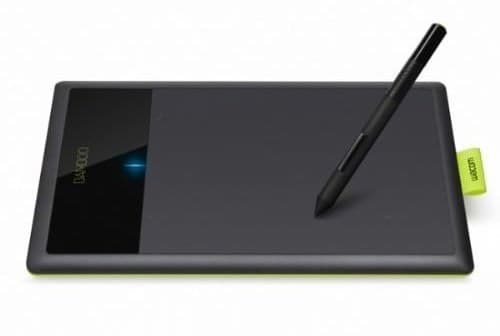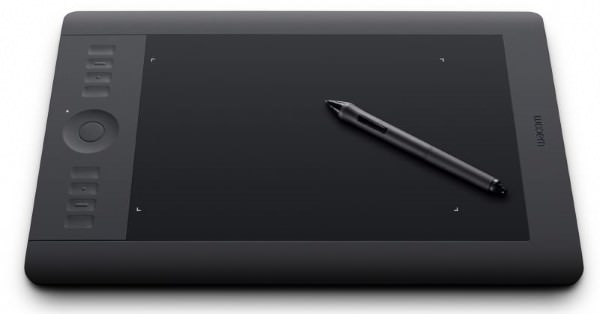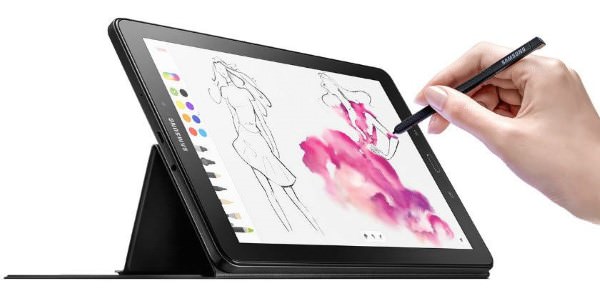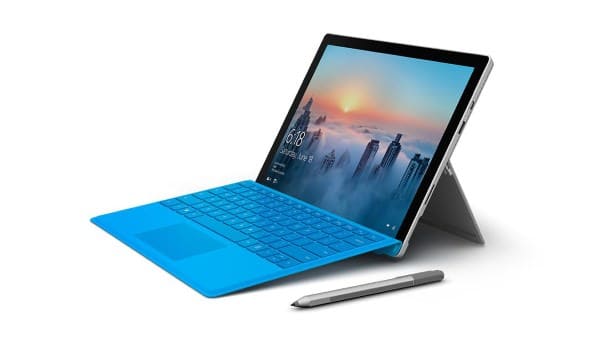Use of tablet technology isn’t new but there are many types that we often miss out. I will just put some keywords for you to read and you try to differentiate what is the difference between types of graphics tabs.
Drawing tablets and computer graphic tablets have to be the distinguishing terms because there are also other terms. Then there are drawing pads, you must have heard of graphic pads, digital pads, touch pads, tablets with a stylus and … I don’t know. To clarify here, drawing/graphic becomes significant to tabs when a stylus is added to the compound
Types of Tablets
There are two basic types. The ones specialized for stylus function and others that have not extended support for them. We are here for the first category.
Graphic Tablets with Stylus
These touchpads in general and have no screens but you can draw on them (they came first and are used much less) and the result is a connected screen or monitor shows the result as you sketch on. To be honest, I just found out they are also advertised as graphic and drawing tablets because I used to call them drawing pads or touch pads. Yes, like the ones in your laptop. So I guess this goes out to the fact that you place them on your table.
ALSO CHECK OUT: MAKING OF ROLLS-ROYCE PHANTOM MAKES YOU GO WOW
Pros and Cons of Graphic Tablets
No computing, no screen is all, I say.
Graphic Tablets: Pros
- No need for a battery.
- No screen to get damaged.
- Long lasting, more shockproof.
- Lightweight and simply to play with.
- Easy portability, but…
- Writing/sketching is much more natural compared to its screened opponent.
- Graphic tablets are an ultimate choice for professional designers due to pro drawing options.
- Much faster workflow backed up by the processing power of a PC or a laptop.
- Easier to operate tasks like zoom, rotate, or scroll the canvas.
- Some pen/styluses offer exchangeable pins/nibs for accuracy the cursor sketching.
- One of the biggest benefits of graphic tabs is its compatibility with all types of operating systems.
Graphic Tablets: Cons
- Great portability, but you would need a working computer where ever you want to use it.
- Lack of built-in computing, you are always tied to a computer and needs a screen.
Drawing Tablets with Stylus
Tablets! These are the real ones the post-millennials are mostly familiar with because to them, Nokia 6 is a real thing and its invincible ancestor, the 3310 wasn’t ever born. Drawing tablets are the stuff that gives essence to the term phablets when merging the boundaries with a smartphone. We all admit, stylus drawing on a larger canvas is more fun than mobile phones can ever provide. Samsung Galaxy Note series was an exception, but with the Note 7, at least my faith has collapsed.
ALSO CHECK OUT: USE OF ELECTRIC CAR IN CURRENT ECONOMY- PROS AND CONS
Pros and Cons of Drawing Tablets
It is hard to think there could be any cons, except that there are. So keep in mind that when we are considering the disadvantages, they will be fighting against personal computers because they are an accessory to desktops.
Drawing Tablets: Pros
- These types of tablets have a fully-functional onboard computer and a digital screen to for the output; you see the curve as you draw.
- All the desktop OS options (Windows, Android, Mac).
- Drawing tablets are as multifunctional as diverse laptops can be.
- Wide range of connectivity options: HDMI, USB, USB-C, headphone jacks (not for drawing only see),
- Amazing portability, take them anywhere in your travel bag.
- Great battery timing and touch response.
- Various types of drawing tablets come in beautiful designs.
- A whole lot of entertainment package in addition to sketching and painting.
Drawing Tablets: Cons
- They can be easily damaged, especially the screen so pretty fragile.
- Weaker capability compared to PC-connected graphic tablets in terms of speed and power.
- Unless tablet PCs, touchscreen tabs are not fun to work with when it comes to typing.
- No optic drives, CDs, or DVDs.
- Costs are much higher compared to graphic tabs.
- Not built to handle very large amount of data or processing.
- Graphic capabilities are meager compared to PC power.
Use of Technology in Drawing, Sketching, and Art overall.
Stylus-compatible drawing and Graphic tablets have been around the corner. Use of technology in the drawing is building up novel ways to interact the virtual pen with a virtual paper. Microsoft Surface Dial has to be the newest addition to the drawing tool’s family.
ALSO CHECK OUT: USE OF TECHNOLOGY IN THE CLASSROOM, HOW IMPORTANT IS IT?
About Styluses (The pen tool)
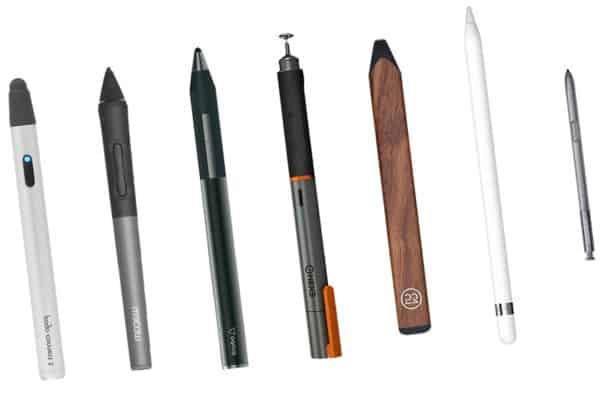 There are a few things that you should know about the dirty awkwardness of working with styluses before you get one for yourself. There are some companies dedicated to producing high-quality styluses because you will eventually realize the pen that comes packed with your tab isn’t efficient enough. However, this shouldn’t matter to most users, professionals, on the other hand, might weigh their options.
There are a few things that you should know about the dirty awkwardness of working with styluses before you get one for yourself. There are some companies dedicated to producing high-quality styluses because you will eventually realize the pen that comes packed with your tab isn’t efficient enough. However, this shouldn’t matter to most users, professionals, on the other hand, might weigh their options.
- All types of drawing tablets have a weary nibs that get eaten away over a few months of use.
- Graphics tabs are stubborn when used as a mouse because of the clicking.
- The smoothness of your lines and curves is not a property of the tab surface alone.
Use of Technology in Drawing, Sketching
Hundreds of thousands of artists around the world are benefiting for graphic and drawing tablets because of their handiness. Removing the virtual ink, filling colors, rotating, and zooming functions saves a lot of time. This not only applies to 2D artists, 3D designers are also neck-down in when it comes to sketching blueprints and pinpoint accuracy, which simply cannot be accomplished with the help of mouse. In short, you can’t get the most out of your ideas in the digital age without the use of technology in the drawing.
Types of Tablets: Fun Questions
Tablets to me are very diverse
- Tablet + Smartphone = ?
- Tablet + Laptop = ?
- Tablet + Computer = ?
- Tablet X Smartphone = ?
- Tablet X Laptop = ?
- Tablet X Computer = ?
Uses, Types of Tablets Technology: Summary
So we learned there are two basic types of drawing tablets but as we think about their interaction with other technologies, the boundaries began to blur. By the way, the answers to fun question number 1, 2, and 6 are Phablet, convertible laptops, and graphic tablets. Rest, are your assignment for today, go Google!


